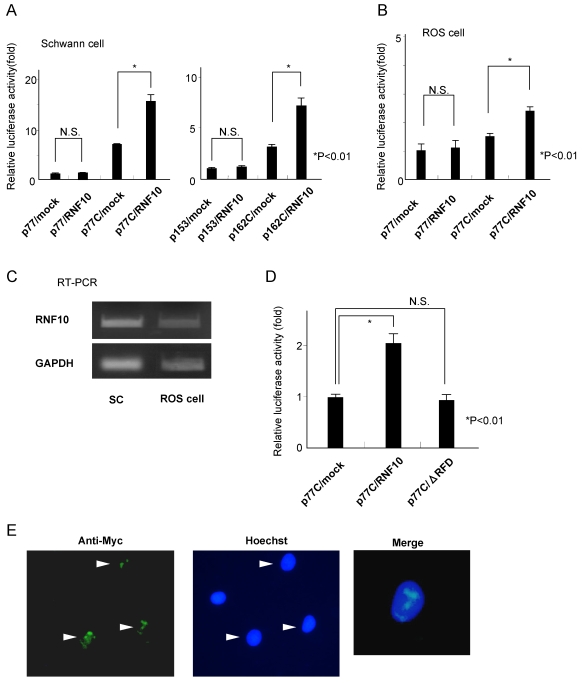Figure 3. RNF10 activates MAG promoter activity in Schwann cells.
(A) Schwann cells were cotransfected with an expression construct for RNF10 (pcDNA3.1-RNF10) and MAG-promoter-LUC with (p77C, p162C) or without (p77, p153) the tandem SSE region. Overexpression of RNF10 increased the MAG promoter activity in Schwann cells by 100% when compared with the activity in the control cells only when the reporter constructs contained the SSE region. Thus, RNF10 increases the promoter activity in a cis-element-dependent manner. (B) Cotransfection of an expression construct for RNF10 (pcDNA3.1-RNF10) and MAG-promoter-LUC containing the tandem SSE into ROS cells. The MAG promoter activity in the ROS cells increased by 60% when compared with the activity in the control cells. However, the degree of activation in ROS cells was not as high as that in the Schwann cells. (C) There was no difference in endogenous RNF10 mRNA expression between SC and ROS cells. (D) Cotransfection of an expression construct for the RING finger domain-deletion mutant of RNF10 (ΔRFD) and MAG-promoter-LUC containing the tandem SSE into Schwann cells. The RING finger domain-deletion construct did not activate the MAG promoter. (E) Indirect immunofluorescence of Schwann cells indicated the nuclear localization of RNF10. Schwann cells stably expressed Myc epitope-tagged RNF10 by retrovirus-mediated gene transfer. Cells were immunostained with an anti-Myc antibody, and the nucleus was stained with Hoechst 33342. The arrow heads show that tagged RNF10 was almost exclusively located in the nucleus in dot-like structures. The normalized luciferase activity is expressed as fold induction compared with the value of p77/mock or p153/mock in (A), p77/mock in (B) and p77C/mock in (D). *p<0.01; Student's t test. Error bars show mean±SD.

